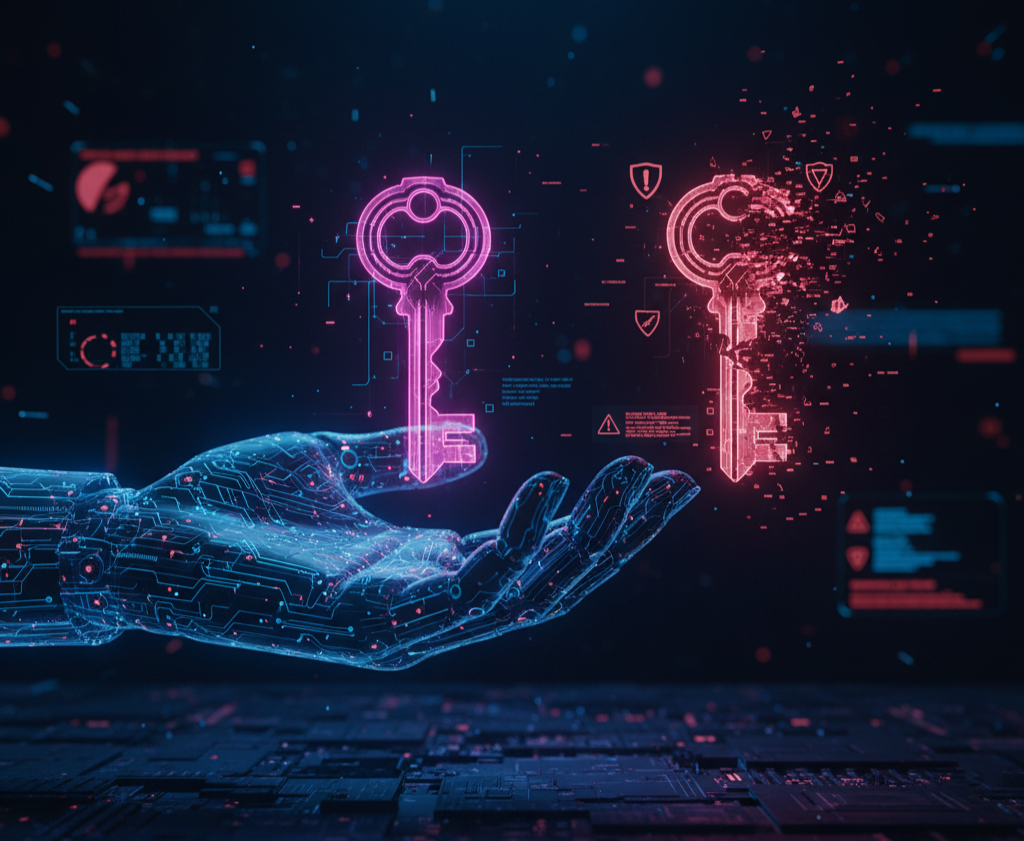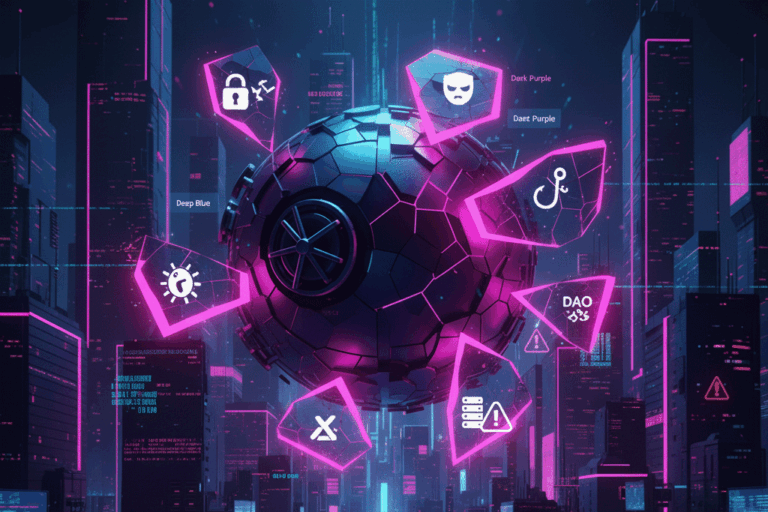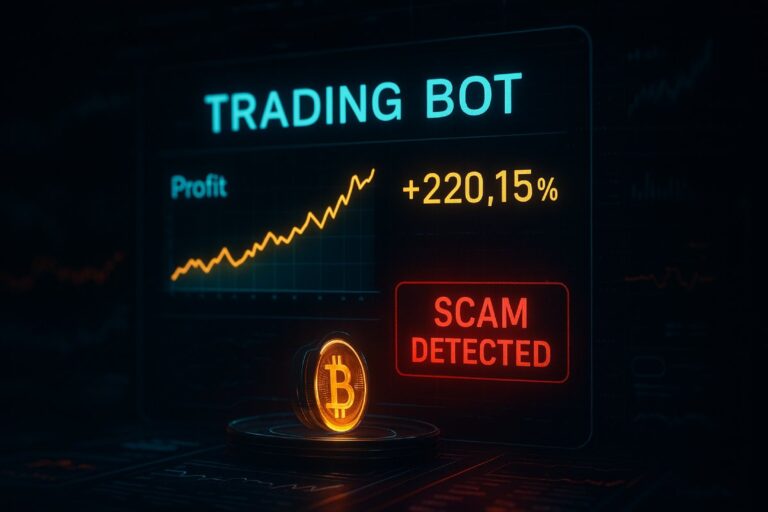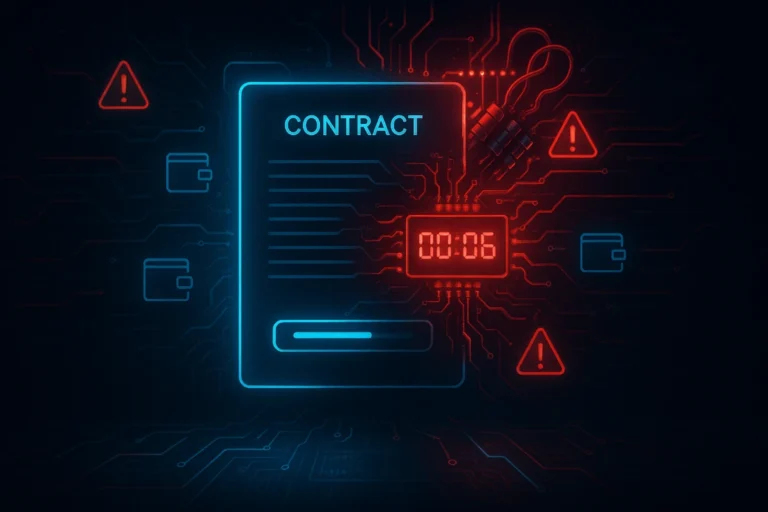Let’s be honest—tokenization is clearly in the future of finance. Real estate on the blockchain? Fractional ownership of fine art? It’s exciting stuff. But here’s what doesn’t make it into the bullish pitch decks: tokenization, just as many other fintech areas before, has become a playground for scammers, hackers, and fraudsters who see dollar signs everywhere they look.
If you’re investing in tokenized assets or considering it, you need to understand what you’re walking into. The technology itself? Generally solid. But the ecosystem around it? That’s where things get messy.
Why Fraudsters Love Crypto (and Tokenization)
Before we dive into specific threats, let’s talk about why tokenization attracts the wrong kind of attention.
First, there’s the allure of massive returns. People jump into tokenization projects expecting life-changing ROIs, and that kind of optimism makes them vulnerable. When you’re dreaming about 100x gains, it’s easy to overlook red flags.
Second, regulators are playing catch-up. Regulators and law enforcement agencies are still figuring out how to classify these assets, let alone prosecute fraud cases. Criminals know this and they’re exploiting the gap.
Third, it’s new technology. Even sophisticated investors don’t fully understand how tokenization works under the hood. This knowledge gap creates opportunities for scammers to hide behind technical jargon and half-truths.
The irony? The blockchain technology powering tokenization can itself be an improvement to traditional security measures. But security isn’t just about the tech—it’s about everything around it. And that’s where the problems start.

The 6 Biggest Tokenization Fraud Threats
1: The Stablecoin Problem Nobody Talks About
Here’s something many people don’t realize: stablecoins can be viewed as an already tokenized product. They represent claims on underlying assets, just like the fancy tokenized real estate projects everyone’s excited about.
Remember Terra Labs? That collapse wiped out $40 billion in value practically overnight. It was a brutal reminder that “stable” doesn’t always mean safe.
But there’s an even bigger issue hiding in plain sight. The entire crypto ecosystem depends on just a handful of stablecoins. If something goes wrong with these coins (or the issuer i.e. the holder of the RWA), the ripple effects could be very serious. Think about that the next time someone tells you tokenization eliminates risk.
2: Smart Contracts Aren’t as Smart as We Think
Smart contracts are supposed to be the solution to a problem—automated, trustless, efficient. But they’re only as good as the code that creates them, and doing meaningful audits is not always easy (we do them btw – Feel free to ask us if you want to know more).
What does this mean in practice? Attackers can potentially manipulate transactions executed through smart contracts. They find vulnerabilities in the code and exploit them before anyone notices. And because everything moves so fast in the crypto world, by the time the problem is discovered, the money’s already gone.
3: Speed Kills (Your Security)
One of tokenization’s biggest selling points is transaction speed. Assets that used to take days or weeks to transfer can now move in seconds. Sounds great, right?
But here’s the catch: faster transactions require faster validation. And right now, many platforms don’t have the robust validation systems they need, or the fraud staff to maintain these systems in a meaningful way. Attackers exploit these gaps, executing fraudulent transactions before anyone can stop them.
4: Your Access Controls Just Got Riskier
Tokenization makes asset ownership portable. You can transfer ownership with a few clicks. That’s the feature. But it’s also a security vulnerability.
Traditional assets have natural friction built in. Transferring real estate ownership requires paperwork, lawyers, waiting periods. These aren’t just bureaucratic headaches—they’re security features that give you time to catch fraud.
With tokenized assets, that friction disappears. Someone gets access to your wallet? They can drain your holdings in minutes. And unlike a bank account, there’s no customer service number to call, no fraud department to reverse the transaction.
Even physical security has become an issue. There has been an increased number of cases of crypto executives being threatened or attacked in person because criminals know they can force immediate transfers. Old-school robbery meets cutting-edge technology.
5: The Classics Never Go Out of Style
Some security threats aren’t new at all—they’re just old scams in new packaging. But because we’re dealing with new platforms and technologies, the traditional safeguards aren’t always in place.
Token hijacking is basically a traditional cyberattack. Hackers gain access to your account and steal your tokens. Nothing revolutionary about the method, but the impact is amplified because blockchain transactions are irreversible.
Address poisoning is sneakier. Attackers create wallet addresses that look almost identical to legitimate ones. You accidentally copy the wrong address, send your tokens, and they’re gone forever. It’s like writing a check to “Amazom” instead of “Amazon,” except you can’t stop payment.
Impersonation scams are everywhere. Fake customer support accounts, cloned websites, fraudulent social media profiles. They prey on people who are new to the space and don’t know what to look for.
The frustrating part? We’ve seen these tactics before in traditional finance. But in the rush to build new tokenization platforms, developers sometimes forget to implement basic security measures that have been standard practice for decades.
6: Your Infrastructure Is Only as Strong as Its Weakest Link
Remember the Bybit hack? Cybersecurity in the tokenization space is a constant battle. Threat actors are always probing for vulnerabilities, and they only need to succeed once.
But here’s what keeps us up at night: third-party vulnerabilities. Your tokenization platform might have top-notch security, but what about the service providers your platform depends on?
We’ve seen cases where faulty code from a platform provider caused massive losses to a digital bank platform. The main platform was secure, but they were using third-party software that had vulnerabilities. It’s like installing a steel front door but leaving your windows unlocked.
In traditional finance, there are established vetting processes for third-party vendors. In tokenization? Some of the infrastructure is coming into place, but by and large we’re still figuring it out. And while we figure it out, attackers are finding and exploiting these downstream vulnerabilit

The Rug Pull Hall of Shame
Let’s talk about some real examples, because these aren’t theoretical concerns.
SquidGames token was a textbook rug pull. The creators controlled the exit points, meaning investors could buy the token but couldn’t sell it. The price skyrocketed as people bought in, then the creators cashed out and disappeared. Millions of dollars vanished.
OneCoin was a classic Ponzi scheme disguised as a cryptocurrency project. It raised billions—yes, billions—before regulators finally shut it down. The founder is still on the run.
Unicoin, as we mentioned earlier, was a $100 million fraud scheme that the SEC just exposed. They allegedly sold tokens claiming they were backed by tangible assets. Spoiler alert: they weren’t.
These aren’t isolated incidents. They’re symptoms of an ecosystem that’s moving faster than the protective infrastructure around it.
What This Means for You
Look, I’m not trying to scare you away from tokenization entirely. The technology has real potential to democratize access to assets and create new investment opportunities. But you need to go in with your eyes open.
Here’s the reality: tokenization is still the Wild West. The technology is maturing, but the security practices, regulatory frameworks, and investor protections are lagging behind. That gap creates risk.
If you’re investing in tokenized assets, do your homework. Understand who’s behind the project. Look for third-party audits of smart contracts. Check if there’s actual regulatory compliance, not just promises of future compliance. Be skeptical of guaranteed returns or investments that seem too good to be true.
And maybe most importantly, don’t invest more than you can afford to lose. Because in this space, until the security infrastructure catches up with the technology, that’s a very real possibility.
The future of tokenization depends on solving these security challenges. Until then, proceed with caution.



